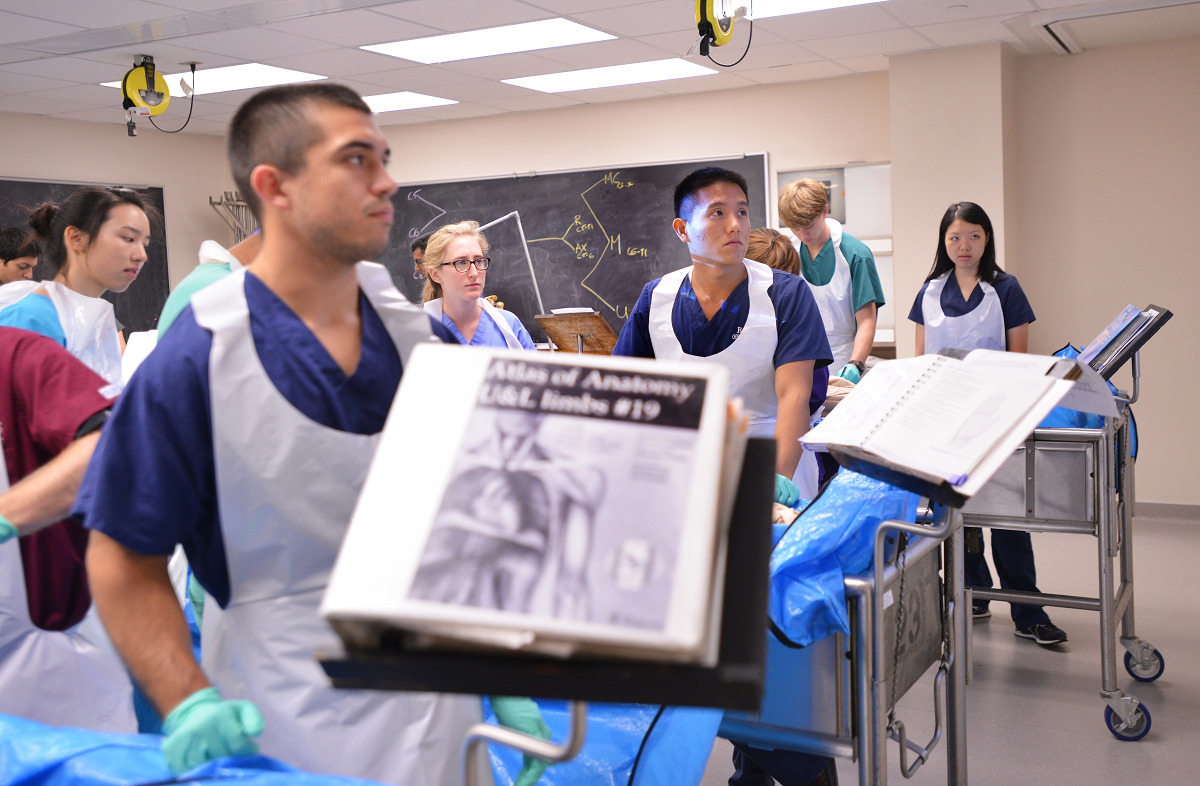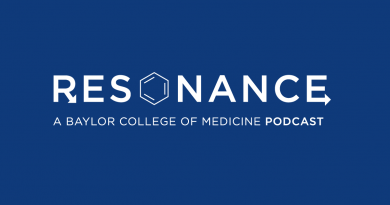Unexpected lessons from anatomy lab
As we trouped through the double doors in the basement, there was a palpable sense of nervous anticipation. Before I had even made it through the threshold, the acrid smell of formaldehyde accosted my sinuses and permeated my clothing. In a few moments, my tankmates and I would meet our first teacher of medical school, the donor who had given his or her body for us to learn its complexities.

While gross anatomy lab provides training in some of the fundamentals of a physician’s craft, at its core, the lab is a time-honored rite of passage into the profession. It’s the first step in preparing us to do the difficult tasks expected of physicians that are beyond the pale of everyday experience. As I made the first cut with my tankmates that day, I had no idea that I would learn so much more than anatomy from our donor.
In the anatomy lab, I gained a new appreciation for the intricacies of the human body. Seeing the idiosyncratic anatomy of an actual person reinforced the importance of what we were learning in our classes. It was breathtaking to trace the complex web of nerves that supplies the arm, discover the subtly dexterous interplay between the muscles of the hand, and delineate the merging and diverging arteries that nourish the abdomen.
As a person of faith, my time in the lab was often a deeply spiritual experience. In truly appreciating the delicate framework that holds the body together, I felt closer to the One who brought that life into being. As I continue my studies, I hope to always retain this sense of awe at the sophisticated workings of the body.
While it was exciting to learn about the body’s structure, the narrow focus that this demanded made it easy to lose sight of the donor’s humanity. That all changed, however, during one of the first weeks of the lab.
My classmate and I had finished reviewing the anatomy of the leg, and we were flipping our donor’s body to prepare for the next week’s dissection. In the process of turning her, the shroud covering her face fell gently to the floor, exposing the most distinctively human aspect of the body. It caught me off guard. I felt unnerved, not because she was dead, but because she now seemed more alive.
Meeting my donor face-to-face, I had a renewed curiosity about her. I wondered what her life had been like, what she had most feared, why she decided to donate her body for dissection, and what kind of doctor she hoped I would become. Though it’s easy to become completely immersed in the time constraints and checklists of providing medical care, my donor reminded me to always keep my patient’s humanity at the forefront.
Every year, medical school and health sciences classes come together to honor the generosity of donors and their loved ones. During this year’s ceremony, our class president shared a quote from one of our anatomy professors: “You can do no harm in anatomy lab; you can only learn.” The anatomy lab is thus a symbolic and forgiving introduction to the responsibilities entailed by the medical profession, one that conveys the gravity of our role in a safe environment.
It struck me how much trust our donors demonstrated by giving us the privilege of learning from them in the most intimate way, allowing us access to parts of them that few (if any) had seen while they were alive. One of the moments that impressed this on me the most was examining our donor’s heart. It was moving to hold the organ that kept time throughout her life, whose sound soothed her loved ones as she held them close to her chest.
As a physician, I too will have a unique view of my patients’ hearts, as they share their deepest burdens and concerns with me solely because I wear the white coat. Our donor’s body served as a tangible first representation of that trust, one that I will always cherish and hope to honor throughout my career.
-By Trevor Jamison, first-year medical student at Baylor College of Medicine

